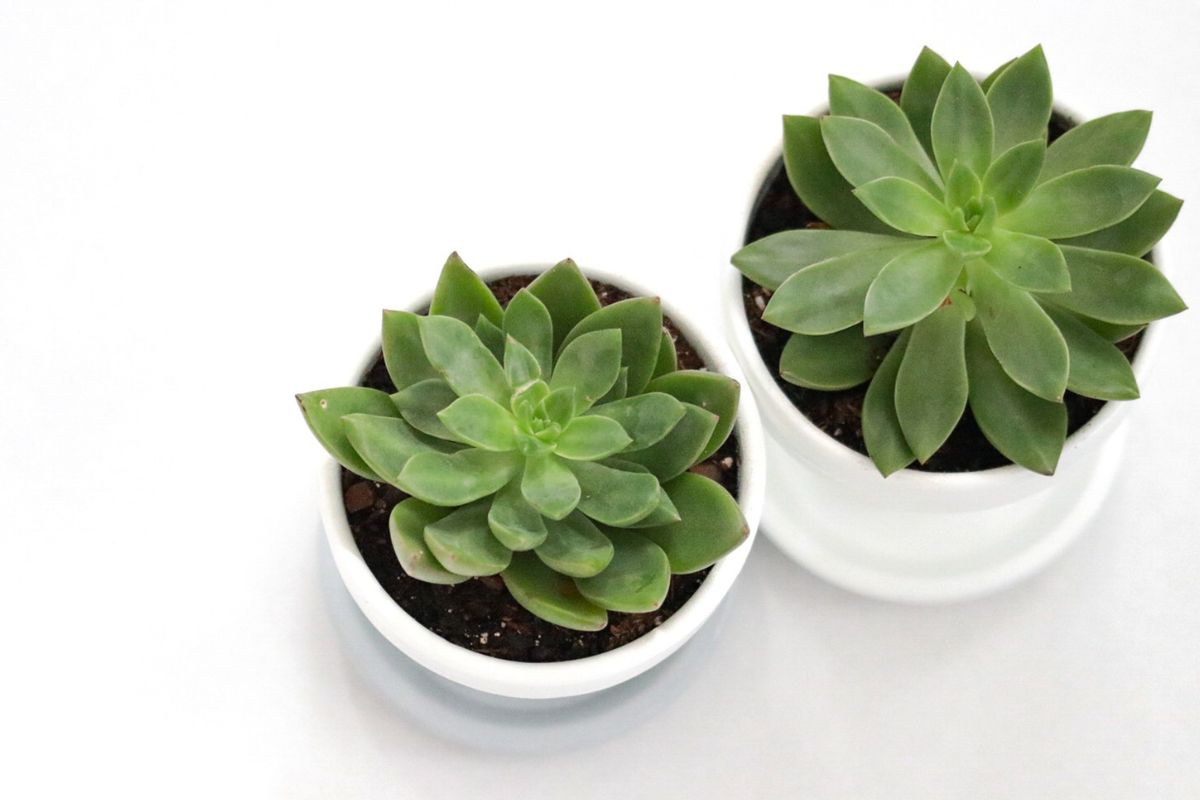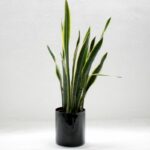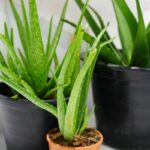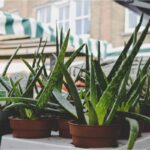Succulents, with their mesmerising shapes and plump, fleshy leaves, have been turning heads in modern garden designs and home decor.
But the backbone of a succulent’s thriving existence lies beneath the surface, in their special soil blend.
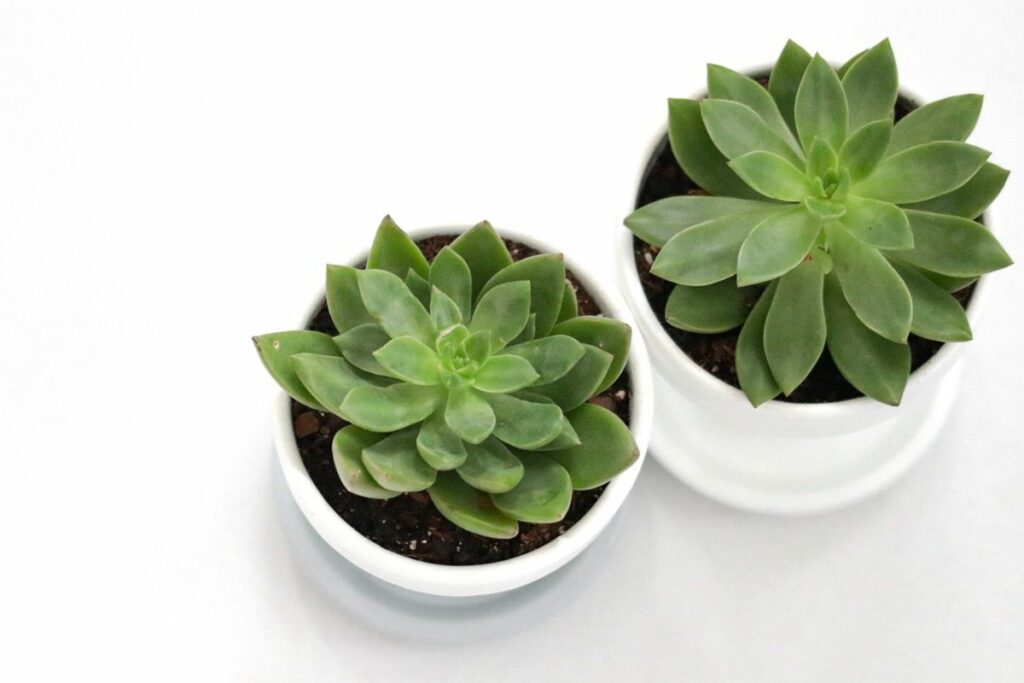
Given the distinct nature of succulent soil, many gardening enthusiasts wonder if this type of soil can be used for other plants too.
So let’s investigate!
A Deep Dive Into Succulent Soil
Before repurposing this unique soil for other plants, we must understand its DNA. Succulent soil stands out because of the following:
- Swift drainage: This characteristic ensures water doesn’t pool around the roots, reducing the risk of root rot.
- Enhanced aeration: Vital for root health, this feature guarantees the plant’s roots can breathe freely and absorb nutrients efficiently.
- Reduced organic content: Contrary to what many think, a lower organic matter helps prevent excessive moisture retention, thus ensuring the succulents’ roots don’t drown.
A Closer Look At Beneficiaries Of Succulent Soil
It’s no secret that succulent soil isn’t a universal solution. Yet, there are plants with soil preferences overlapping with succulents; these are:
- Cacti: Their natural habitat is akin to many succulents. Hence, cacti feel right at home in a succulent mix. Indeed, if you stroll through a gardening centre, you’ll notice many soils labelled as suitable for both.
- Houseplants: It’s not just the exotic-looking snake plant or the ZZ plant. Think about the ponytail palm or the rubber plant. These plants also share a love for drier conditions between watering sessions.
- Herbs: Beyond the Mediterranean staples of rosemary, thyme, and oregano, herbs like lavender and sage also celebrate the qualities of succulent soil due to their preference for well-draining conditions.
Which Plants Should Avoid Succulent Soil?
I’ve sung praises of the succulent mix, but it’s not a symphony for all.
For plants like ferns, which thirst for moisture, or vegetables craving nutrient-dense soils, this blend might seem barren. The low organic content, while a boon for succulents, might leave these plants wanting.
The pH Factor In Succulent Soil
A vital, yet often overlooked aspect of soil is its pH level, which measures how acidic or alkaline the soil is.
For succulents, a slightly acidic to neutral pH (around 6.0 to 7.5) is ideal, ensuring optimal nutrient absorption.
While succulent soil is usually formulated to stay within this pH range, other plants may have different requirements. For instance:
- Blueberries: These fruits thrive in more acidic soils, usually with a pH of 4.5 to 5.5. If you were to use succulent soil for blueberries, you might need to adjust its acidity.
- Brassicas: Vegetables like cabbage and broccoli prefer a more alkaline environment, usually around a pH of 7.0 to 7.8. Thus, they might require adjustments if grown in succulent soil.
When using succulent soil for plants with specific pH preferences, consider testing and adjusting the soil’s pH. Simple pH testing kits are available, and based on the results, you can amend the soil using lime to raise pH or sulphur to lower it.
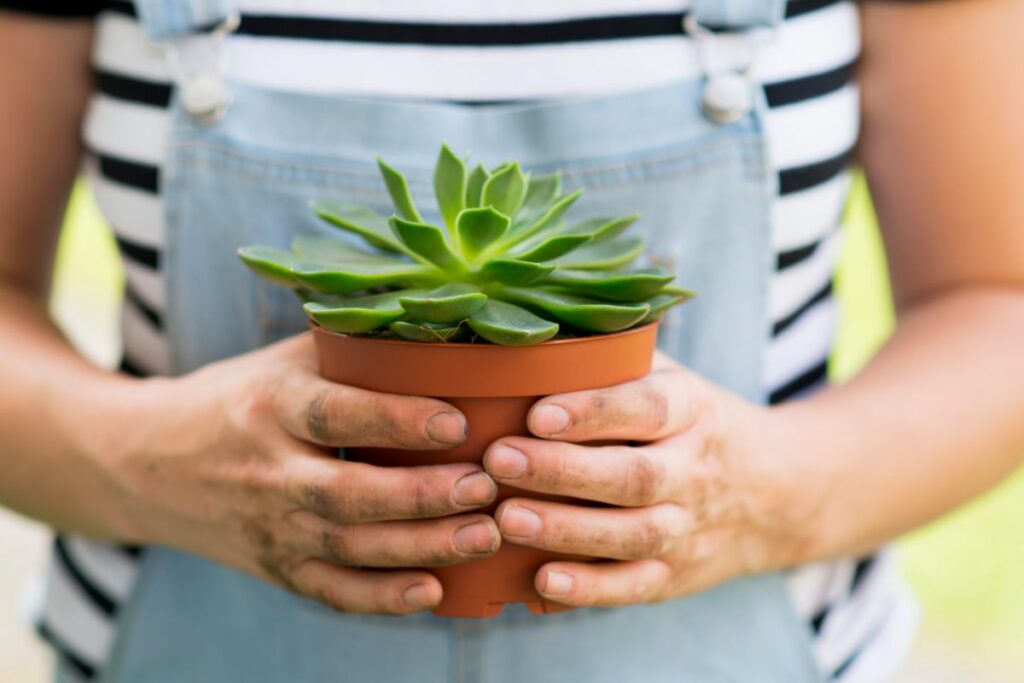
Beyond The Bag: Tweaking Succulent Soil Blends
Gardening is as much a science as it is an art. Embrace your inner soil alchemist and modify the succulent mix in the following ways:
- Boosting organic matter: A dash of compost or well-rotted manure can be a game-changer for plants needing richer soil.
- For moisture aficionados: Mix in coir or peat moss. This helps the soil retain just the right amount of water.
- Upping the drainage game: For plants that detest wet feet, adding perlite, sand, or even small gravel can be a godsend.
Embracing Soil Diversity
Each plant, like every human, has its own set of needs.
While some might bask in the properties of succulent soil, others might find it too restrictive.
The beauty of gardening lies in observation, adaptation, and growth—both for the plants and the gardener.
Final Thoughts
When considering any soil, always refer back to the natural habitat of the plant in question.
Research its native soil conditions and try to emulate them. Therein lies the key to vibrant, flourishing plants.
While succulent soil offers a fantastic foundation, it’s the gardener’s tweaks and touches that make it truly exceptional for a broader range of plants.
- Can You Grow Bell Peppers Indoors? A Guide For New Gardeners - November 14, 2023
- Composting Basics: Can You Compost Mushrooms? - November 6, 2023
- A Gardener’s Guide To Growing Carrots In Raised Beds - November 1, 2023

